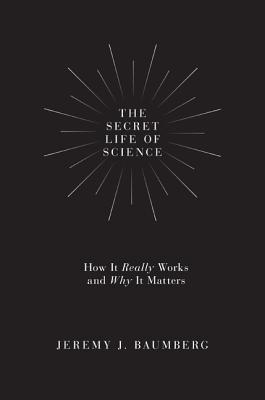
The Secret Life of Science: How It Really Works and Why It Matters
Description
A revealing and provocative look at the current state of global science
We take the advance of science as given. But how does science really work? Is it truly as healthy as we tend to think? How does the system itself shape what scientists do? The Secret Life of Science takes a clear-eyed and provocative look at the current state of global science, shedding light on a cutthroat and tightly tensioned enterprise that even scientists themselves often don't fully understand.
The Secret Life of Science is a dispatch from the front lines of modern science. It paints a startling picture of a complex scientific ecosystem that has become the most competitive free-market environment on the planet. It reveals how big this ecosystem really is, what motivates its participants, and who reaps the rewards. Are there too few scientists in the world or too many? Are some fields expanding at the expense of others? What science is shared or published, and who determines what the public gets to hear about? What is the future of science? Answering these and other questions, this controversial book explains why globalization is not necessarily good for science, nor is the continued growth in the number of scientists. It portrays a scientific community engaged in a race for limited resources that determines whether careers are lost or won, whose research visions become the mainstream, and whose vested interests end up in control.
The Secret Life of Science explains why this hypercompetitive environment is stifling the diversity of research and the resiliency of science itself, and why new ideas are needed to ensure that the scientific enterprise remains healthy and vibrant.

